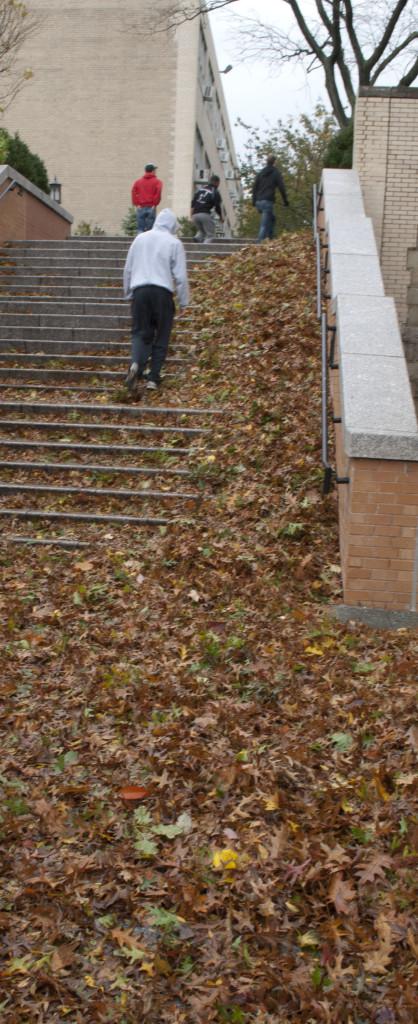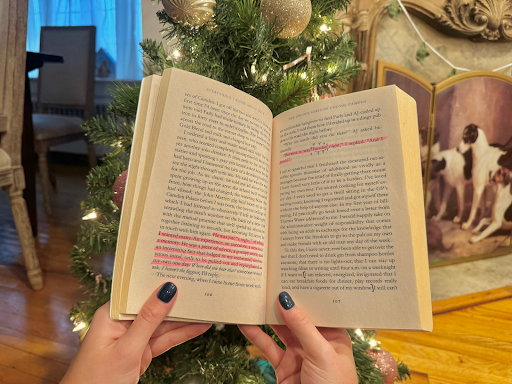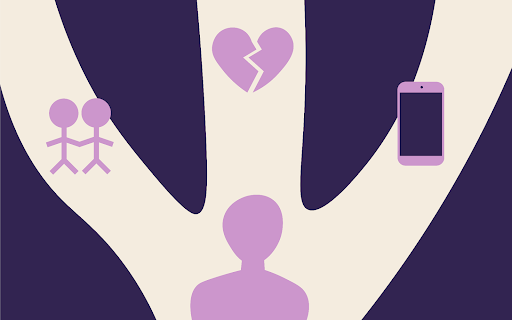During Superstorm Sandy, St. John’s students on the Queens campus dealt with damage, school closure and displaced peers. Damages to the residence halls included power outages, water issues and a prolonged disruption of normalcy.
For some, nine days of a closed campus proved to be a bore. But the activities put on by Resident Life in DaSilva Hall allowed Kendra Spencer-Cole and Bryonna Gutierrez to become closer with the people in their hall.
“My R.A.’s set up things to do from 8am to 10pm; we watched movies, there was a talent show in DaSilva,” Gutierrez said. “I never knew what all these people could do.”
Despite the treacherous weather, students felt safe in their dorms.
“It was pretty good,” Spencer-Cole said. “[Campus] was basically empty and we had everything we needed.”
The University delivered two meals a day to residents of off-campus housing on Henley Road from on-campus dining. The meals counted as two meal exchanges. The residents there were pleased with the result.
“It was like we were in a little bubble,” junior Vince Ruffino said. “It was a surreal experience watching the damage without feeling the effects of it.”
However, Ruffino felt that there was a lack of communication between resident students and administration. Another student, from St. Vincent’s Hall agreed.
“Not only did we not have power, but they didn’t tell us anything,” Chris Zimmerman said. “They could have kept us better informed. It wasn’t until the day I left to home to California [on Nov. 12] that they offered us another place to live.”
Two other St. Vincent residents, Shannon Kennedy and John Carleton, felt that St. John’s did the best they could, under the circumstances.
St. Vincent’s Hall receives its electricity and water from St. Albert’s Hall, which lost power the night of the storm. Personnel from Public Safety were patrolling the dormitory ever since.
“There are no fire alarms, that’s why I’m still here,” an officer at the front desk at St. Vincent’s said.
The building lost electricity for two days and has experienced outages from the generator for ten days. At one point, the water was dark and cloudy.
“No, just be observant,” the officer said when asked if the residents should take particular caution. “Everyone’s handling it pretty well, other places are worse.”
These “worse” areas included Staten Island and Manhattan, where St. John’s has two other campuses. Those students were relocated to Queens during the storm. Since then, the Staten Island students have returned but Manhattan students will remain to live and study in Queens for the remainder of the semester.








